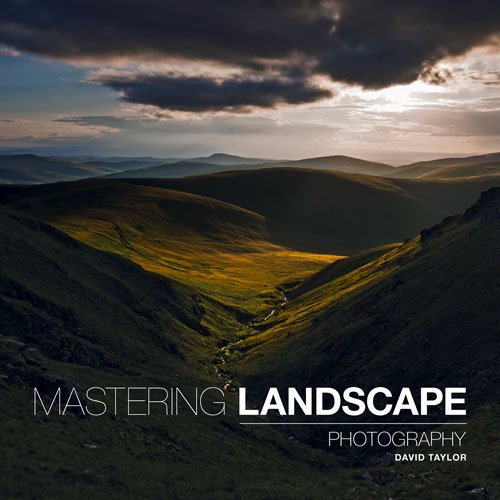

Most ebook files are in PDF format, so you can easily read them using various software such as Foxit Reader or directly on the Google Chrome browser.
Some ebook files are released by publishers in other formats such as .awz, .mobi, .epub, .fb2, etc. You may need to install specific software to read these formats on mobile/PC, such as Calibre.
Please read the tutorial at this link: https://ebookbell.com/faq
We offer FREE conversion to the popular formats you request; however, this may take some time. Therefore, right after payment, please email us, and we will try to provide the service as quickly as possible.
For some exceptional file formats or broken links (if any), please refrain from opening any disputes. Instead, email us first, and we will try to assist within a maximum of 6 hours.
EbookBell Team

5.0
100 reviewsThe definitive guide to capturing beautiful and compelling images outdoors
Landscape photography can be a solitary experience, but award-winning landscape photographer David Taylor believes creativity requires a certain amount of peaceful contemplation to flourish. What skills or requirements, therefore, does a successful landscape photographer need? An ability not to mind getting cold or wet is one that springs to immediately to mind, but a landscape photographer also has to understand how the weather and the seasons affect the landscape. Navigational skills are useful to find potential subjects. Above all, empathy for the natural world is a prerequisite. Beginning with a comprehensive guide to the choice of cameras, lenses, and other equipment and accessories, Taylor goes on to discuss the fundamentals of exposure—aperture, shutter speed, ISO, dynamic range—and an appreciation of the effects of light on the landscape, at various times of the day and in all types of weather. Practical advice on planning for an outdoor shoot covers the basics of assembling a travel kit, using maps and choosing a location, consulting sunrise and sunset times, weather forecasts, and predicting tides. The author's own stunning photography transports the reader from coastal regions to hills and mountains, through woodland and moorland, in all seasons and weather, in the light of day and the dark of night. Authoritative text explains the theories and "rules" of composition: the importance of balance, harmony and symmetry, the power of leading lines, visual weight, and the ability to create depth in an image. A final instructive chapter details the practical techniques of postproduction workflow, from the processing of images to proofing, to displaying or printing the final results.